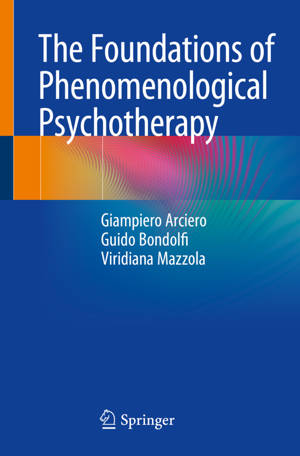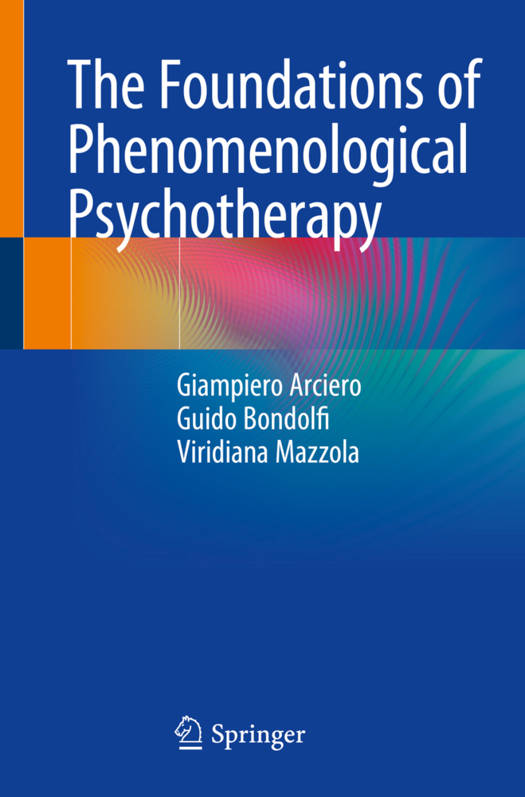
- Afhalen na 1 uur in een winkel met voorraad
- Gratis thuislevering in België vanaf € 30
- Ruim aanbod met 7 miljoen producten
- Afhalen na 1 uur in een winkel met voorraad
- Gratis thuislevering in België vanaf € 30
- Ruim aanbod met 7 miljoen producten
Zoeken
The Foundations of Phenomenological Psychotherapy
Giampiero Arciero, Guido Bondolfi, Viridiana Mazzola
Paperback | Engels
€ 126,95
+ 253 punten
Omschrijving
This book addresses selected central questions in phenomenological psychology, a discipline that investigates the experience of self that emerges over the course of an individual's life, while also outlining a new method, the formal indication, as a means of accessing personal experience while remaining faithful to its uniqueness. In phenomenological psychology, the psyche no longer refers to an isolated self that remains unchanged by life's changing situations, but is rather a phenomenon (ipseity) which manifests itself and constantly takes form over the course of a person's unique existence. Thus, the formal indication allows us to study the way in which ipseity relates to the world in different situations, in a way that holds different meanings for different people.
Based on this new approach, phenomenological psychotherapy marks a transition from a mode of grasping the truth about oneself through reflection, to amode of accessing the disclosure of self through a work of self-transformation (the care of self) that requires the person to actually change her position on herself.
By putting forward this method, the authors shed new light on the dynamic interplay between a person's historicity and uniqueness on the one hand, and the related physiopathological mechanisms on the other, providing evidence from the fields of genetics, cardiology, the neurosciences and psychiatry. The book will appeal to a broad readership, from psychiatrists, psychologist and psychotherapists, to researchers in these fields.
Based on this new approach, phenomenological psychotherapy marks a transition from a mode of grasping the truth about oneself through reflection, to amode of accessing the disclosure of self through a work of self-transformation (the care of self) that requires the person to actually change her position on herself.
By putting forward this method, the authors shed new light on the dynamic interplay between a person's historicity and uniqueness on the one hand, and the related physiopathological mechanisms on the other, providing evidence from the fields of genetics, cardiology, the neurosciences and psychiatry. The book will appeal to a broad readership, from psychiatrists, psychologist and psychotherapists, to researchers in these fields.
Specificaties
Betrokkenen
- Auteur(s):
- Uitgeverij:
Inhoud
- Aantal bladzijden:
- 343
- Taal:
- Engels
Eigenschappen
- Productcode (EAN):
- 9783319780863
- Verschijningsdatum:
- 12/06/2018
- Uitvoering:
- Paperback
- Formaat:
- Trade paperback (VS)
- Afmetingen:
- 180 mm x 236 mm
- Gewicht:
- 616 g

Alleen bij Standaard Boekhandel
+ 253 punten op je klantenkaart van Standaard Boekhandel
Beoordelingen
We publiceren alleen reviews die voldoen aan de voorwaarden voor reviews. Bekijk onze voorwaarden voor reviews.











